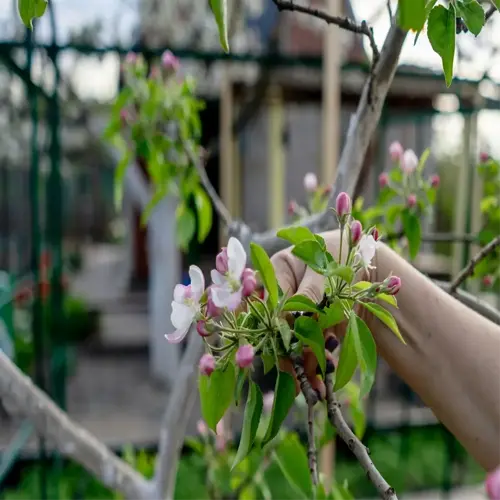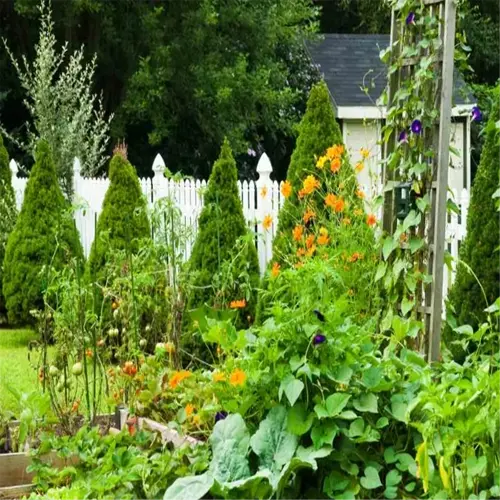Do self-watering pots work in cold climates?

Written by
Kiana Okafor
Reviewed by
Prof. Charles Hartman, Ph.D.Self-watering pots can be modified for cold climates with the right design and maintenance. Models designed to withstand cold weather include frost-resistant pots and insulated construction using materials like concrete or double-walled plastic. At 20°F (-6°C) and higher, the pots will all work properly. Gardeners in USDA zones 3-5 may need to take measures to winterize their systems to avoid losing plants, frozen roots, or broken reservoir pots.
Material Insulation
- Concrete pots retain heat 3x longer than plastic
- Double-walled designs create air gaps for thermal buffering
- Foam composite liners protect roots below 15°F (-9°C)
Winterization Steps
- Empty reservoirs before first frost
- Add 3-inch (7.6 cm) mulch layer over soil
- Wrap pots in burlap below zone 5
- Use soil thermometers for frost alerts
Gardeners in USDA Hardiness Zone 4 have had great results growing kale and spinach in insulated self-watering pots. A client in Minnesota even grew cold-hardy crops through December using heated base mats. These 40-watt heated mats were able to keep the soil temperature at 35°F (1.6°C) without freezing the water in the reservoirs.
Winterization begins in the late fall by draining all water from reservoirs and pipes, and by replacing 25% of the soil with perlite to improve drainage and airflow. I use reflective bubble insulation to wrap my zone 3 containers, which helps to improve thermal retention by approximately 60% during polar vortex events.
The choice of material influences the survival of frost. For example, while concrete possesses thermal mass and prevents heat loss and rapid fluctuations in temperature, the material still needs to be sealed. Foam composites hold up in extremely cold conditions, but they often degrade when exposed to UV light. For the average gardener and garden context, recycled plastic represents the best cost-to-performance ratio when temperatures do not drop below 0°F (-18°C).
Potential future enhancements may involve self-heating systems for reservoirs that utilize either a compost heat source or a solar heat source. Test models have been built up in Norway that keep herbs alive in a reservoir with temperatures below -40-F (-40-C) by utilizing a geothermal heat exchange to source heat. These technologies could potentially change the course of year-round gardening in extreme environments.
Read the full article: Ultimate Guide to Self Watering Containers

